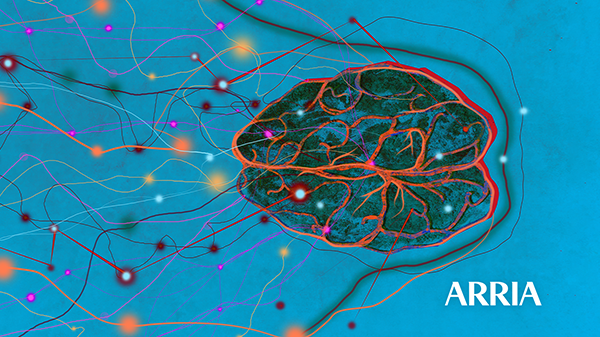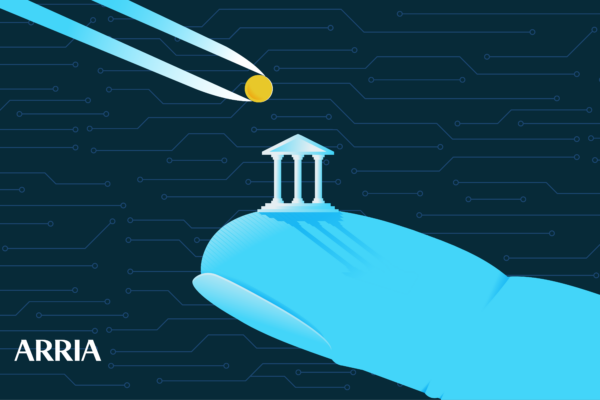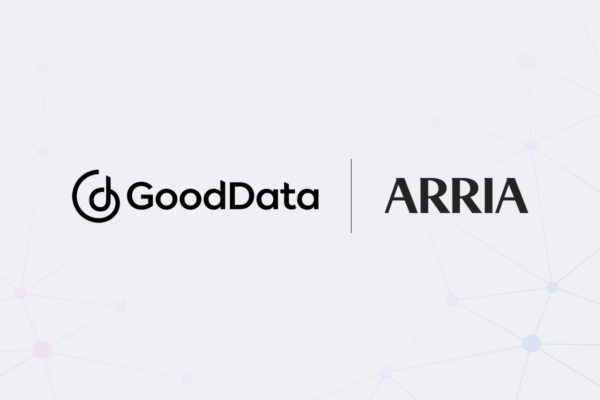
NLG performs the amazing feat of giving machines the power of human language. In doing so, it offers a quick route to ROI and pushes forward the democratization of data literacy—particularly in the areas of FP&A, operational analysis, BI, and almost any task that involves RPA. Here we’ll offer an overview of key points for executives who are considering NLG as a component of their overall automation strategy.
The economic advantages of NLG
NLG stands to multiply the productivity of your most talented analysts. Humans write one analysis at a time; by contrast, NLG produces potentially thousands simultaneously. The quality of human work varies from analyst to analyst. If you have multiple offices, the quality varies from office to office, from team to team. Even the work of your best analyst might vary depending upon time of day, state of mind, or whether they got a good night’s sleep. Natural Language Generation carries none of these constraints or dependencies.
NLG raises analytical and explanatory power to levels that are economically impossible to achieve by headcount alone. When armed with carefully crafted paragraphs, sentences, and phrases that are conditionally invoked by data, NLG systems create unlimited numbers of stories that are indistinguishable from the work of your best analysts.
NLG is separate and distinct from other natural language technologies
It’s easy to get lost in natural language technology terms such as NLP, NLU, speech recognition, speech synthesis, and others. How is NLG different?
While most natural language technologies are concerned with helping the machine understand human language, whether written or spoken, NLG comes at that same interaction from the opposite direction: By giving the machine the power of language, NLG helps humans understand the machine. As our CEO, Sharon Daniels puts it, “Without NLG, the NLQ technologies stutter at the moment of truth: when the machine speaks with the human.”
Here’s an example of the stutter: your employee asks a question of a computer, and in response is presented with a spreadsheet or a visual, perhaps captioned with a fact statement that does little more than state the obvious. By contrast, NLG can provide a fully contextualized response in natural human language that goes beyond chart captioning to reveal insights contained within the underlying data.
NLG combined with BI means broader BI adoption, deeper insights, and faster explanation
The powerful visuals within BI dashboards represent a huge step toward the full democratization of data literacy—especially when NLG is employed to narrate the entire data set underlying the visuals. The power of pairing BI and NLG brings out the best of both technologies. The narrative gives voice to charts and graphs, while also diving deeper to illuminate connections and trends that might not be visible from the top-level visuals. This deeper dive capability, combined with plain language explanations, fosters BI adoption among employees who might not otherwise have been able to take advantage of the technology.
In augmenting the standalone graphs or spreadsheets, NLG gives employees the teacher’s guide answers to the test questions. The resulting elimination of ambiguity leads to more articulate dashboards, smarter employees, and to business decisions that are based on a clear, shared understanding of data, without the confusion arising from differing human interpretations.
NLG helps you expand your digital transformation
We’ve found that leaders committed to digital transformation often have concurrent interests in NLG and RPA, which makes sense, because the two technologies can be two interlocking puzzle pieces of insight. RPA automates human actions, such as the time-consuming tasks of aggregating data from disparate legacy systems for inclusion within a BI system or presentation as a standalone data set. NLG automates the application of human knowledge to aggregated data sets, lifting insights to the surface.
What to look for in an NLG platform
In pursuit of all of the benefits described above, business leaders will naturally perform their due diligence, looking at NLG firms that purport to offer the best platforms. Be sure to read The 4 key questions (plus one bonus question!) to ask vendors when it comes to NLG, especially the bonus question at the bottom: “Are you willing to have a bake-off against Arria?”
Arria’s platform is open, extensible, smart, and secure, as described below:
- Open—API-based, easily integrated into disparate data sources and presentation layers.
- Extensible—Narratives, conversations, lexicon, all completely driven and controlled by the business.
- Smart—Thinks like a human, both linguistically and mathematically.
- Secure—Supports a range of deployment models (cloud, dedicated cloud, on premises).
Conclusion
Business leaders who adopt NLG will place their organizations at an advantage over competitors who delay the inevitable. To see how NLG can help extend your automation initiatives, schedule a demo today.



